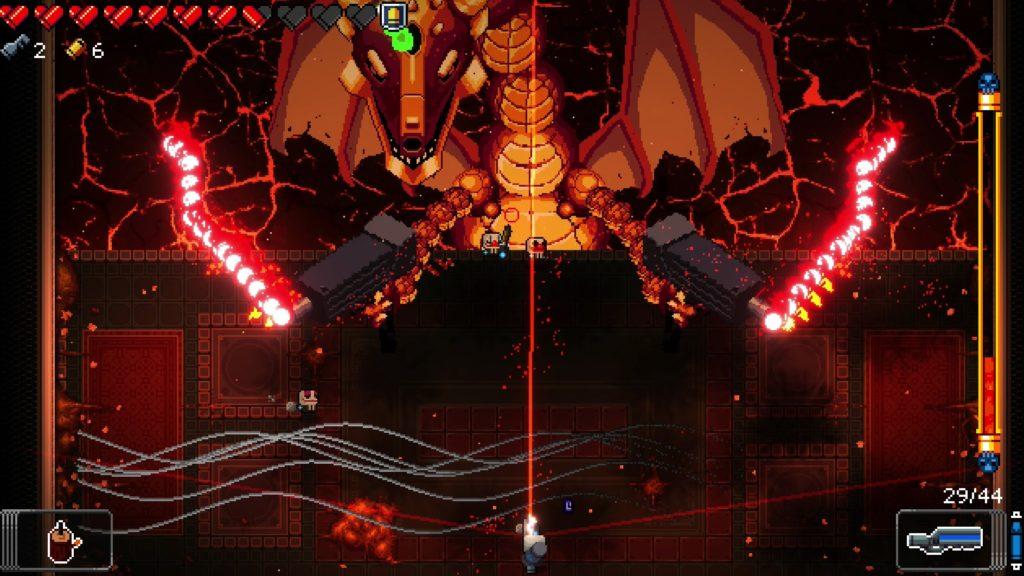Premise
In the world of IRL, every individual has the freedom to explore any version of themselves, unburdened by judgment, pressure, or expectations. The protagonist, Kai, arrives in this realm after struggling under the weight of rigid societal expectations in their previous life. Although IRL offers boundless opportunities and unlimited potential, Kai soon discovers that true freedom requires more than external liberation—it also means overcoming the internal fears and doubts they carried with them.
The journey takes Kai through Dreamscapes, magical realms where ambitions take form and insecurities lurk as shadows of self-doubt. As Kai navigates these spaces, they must solve puzzles, form connections, and embrace imperfection. The key to unlocking their full potential lies in learning that life’s value is in the journey, not perfection.
Map of the Story Space
The world of IRL takes the form of an ever-changing garden, with paths that shift depending on Kai’s choices and emotional state. Key locations include:
- The Grove of Mirrors
- Plot Point: This reflective labyrinth reveals others’ expectations and Kai’s deepest insecurities. To move forward, players must shatter false reflections and embrace authenticity.
- The Dream Orchard
- Plot Point: Trees bear fruit representing various careers and lifestyles. Each fruit leads to a different Dreamscape with challenges tied to that aspiration, inviting players to explore multiple versions of themselves.
- The Whispering Meadow
- Plot Point: A serene field where NPCs share messages of encouragement on the wind. Kai can interact with them to hear stories of self-discovery and gain new perspectives.
- The Festival of Becoming
- Plot Point: This celebratory event lets players showcase the identities they’ve explored, encouraging reflection on the versions they’ve tried on throughout the journey.
- The Pool of Potential
- Plot Point: At the garden’s edge, a glowing pool reveals alternate versions of Kai’s life. Players reflect on their past choices and consider new paths, encouraging thoughtful decision-making.
Project Plan
1. Completing the Premise and Mapping
- October 18: Finalize premise and map design.
- October 19: Receive peer feedback and make adjustments.
2. Writing the First Draft
- October 21-25: Develop the narrative, puzzles, and key plot points for each Dreamscape. Focus on balancing internal conflict (self-doubt) with external exploration (embracing new identities).
3. Playtesting and Gathering Feedback
- October 27-30: Conduct playtesting to evaluate player engagement and clarity of puzzles. Gather feedback on pacing and emotional impact.
4. Revisions and Final Submission
- October 31-November 3: Refine the narrative based on playtesting feedback. Adjust challenges to ensure smooth gameplay and meaningful choices.
- November 6: Submit the final version of the project.
Potential Challenges
- Maintaining Narrative Flow Across Multiple Choices: Ensuring that each Dreamscape feels interconnected while still offering distinct and rewarding experiences.
- Balancing Freedom with Structure: Providing an open-world feel without overwhelming players or causing them to feel lost.
- Handling Themes of Self-Doubt Thoughtfully: Designing empathetic, engaging challenges that avoid trivializing personal growth.
- Managing Scope: Ensuring that the game mechanics and narrative are achievable within the timeline while delivering depth and emotional impact.



